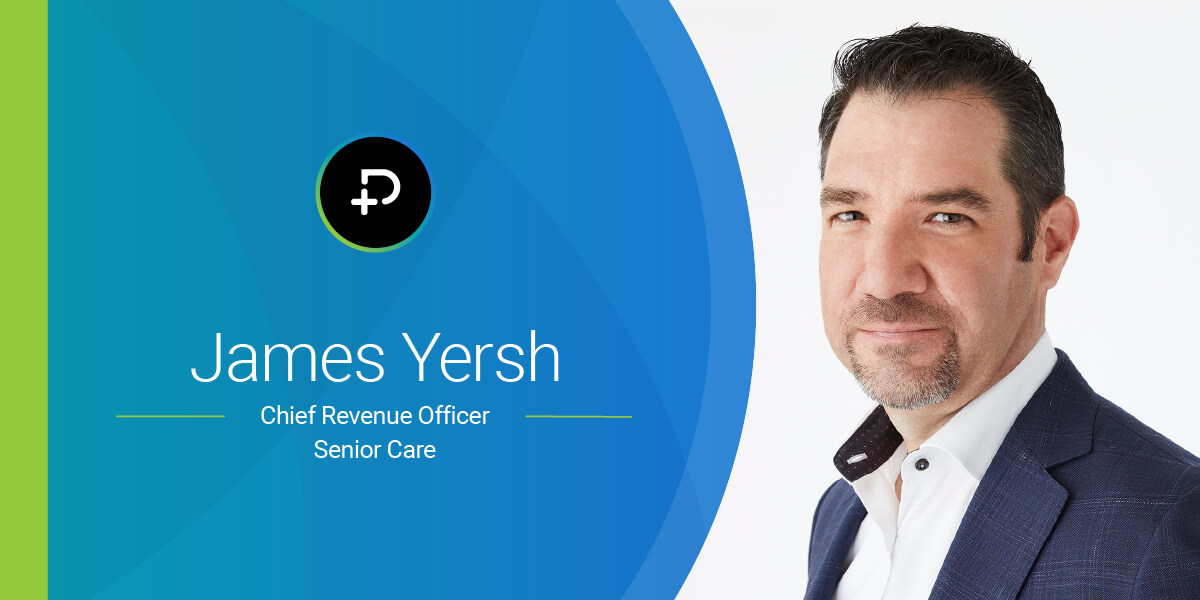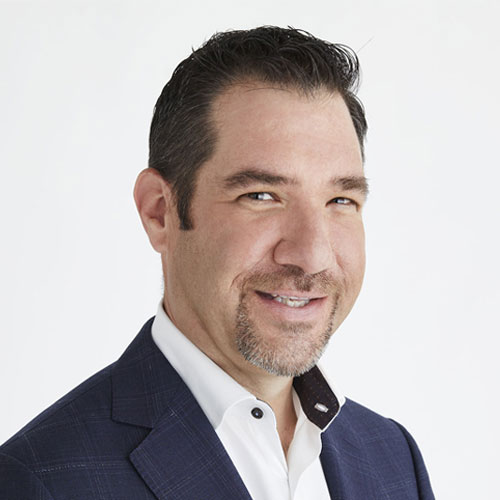
Overcoming Operational Challenges in Senior Care with Technology
 3 min
3 min
Senior care facilities today are squeezed by slim margins, intensified by wage inflation and a volatile economic landscape that some predict could be the most challenging in decades. As of February 2023, there have been 450 skilled nursing facility (SNF) closures, with 28% of SNF residents at risk of displacement due to these closures. The predicted median operating margins are also alarmingly low at 0.6%.
With facilities already feeling the pinch, strategic technological solutions that optimize revenue and reduce costs have become necessary for survival. As facilities rely heavily on government reimbursements, maintaining compliance with evolving policies is crucial to financial health. This makes it imperative for SNFs to implement integrated solutions that address these financial challenges while ensuring high-quality care.
How Technology Can Promote Sustainability and Growth
In the face of mounting financial pressures, the integration of advanced technology offers a transformative approach for senior care facilities. By addressing critical issues in operations, staffing, compliance, and revenue management, these technologies provide a pathway to sustainability and growth.
- Addressing Financial Setbacks: Even a small percentage increase in operational margins can make the difference between staying open or closing down. Technologies that dramatically reduce administrative burdens, such as integrated performance analytics solutions, free up resources to enhance care and operational efficiency.. For example, Westmoreland Manor in Pennsylvania leveraged PointClickCare’s Performance Insights solution to significantly reduce time spent on reporting and documentation, directly translating into financial savings.
- Mitigating the Labor Crisis: Wage inflation and the high cost of agency staff have driven many facilities into financial distress. Implementing staffing management systems that streamline processes and improve efficiency can significantly reduce reliance on costly temporary solutions. Ignite Medical Resorts, for instance, saw a 10% reduction in rehospitalization rates within three months of implementing PointClickCare’s Virtual Health solution, leading to improved patient outcomes and operational efficiency. Telemedicine solutions are especially effective in addressing after-hours care needs, reducing the burden on community staff and minimizing unnecessary hospitalizations.
- Navigating Regulatory Changes and Compliance: With compliance costs potentially running into the billions, technologies that help maintain regulatory compliance have become critical. Integrated electronic health record (EHR) systems ensure that facilities not only stay compliant but also optimize their operations to take advantage of the shift to value-based care. Accurate documentation and coding are essential under models like the Patient Driven Payment Model (PDPM) to ensure proper reimbursement levels.
- Enhancing Revenue Recognition and Avoiding Penalties: Accurate revenue recognition is paramount under increasingly complex reimbursement models. Sophisticated EHR and analytics solutions can bridge the Medicare and Medicaid reimbursement gap, ensuring facilities are fully compensated for the care they provide without falling foul of compliance issues. Sherrill House, for example, improved Medicare reimbursements by 19% and reduced rehospitalization rates by 62% within four months of implementing PointClickCare’s Nursing Advantage solution.
We’ve seen time and again that technological innovations in care coordination, secure data exchange, and system integration can act as financial lifelines. These technologies address immediate challenges while also setting the stage for future operational trends.
The Path Forward
Looking ahead, the role of technology in senior care will only continue to grow, driving efficiency and enhancing quality in an increasingly complex healthcare environment. Our commitment to embracing these advancements is about more than keeping pace — it’s about leading the charge in operational excellence and financial stability.
The choice for senior care facilities is clear: adapt and innovate or fall behind. By embracing advanced technological solutions, we can transform operational challenges into opportunities for improvement and growth.
For a deeper dive into how technology is reshaping senior care, download our comprehensive white paper, “Improving Financial Outcomes in Skilled Nursing.”





